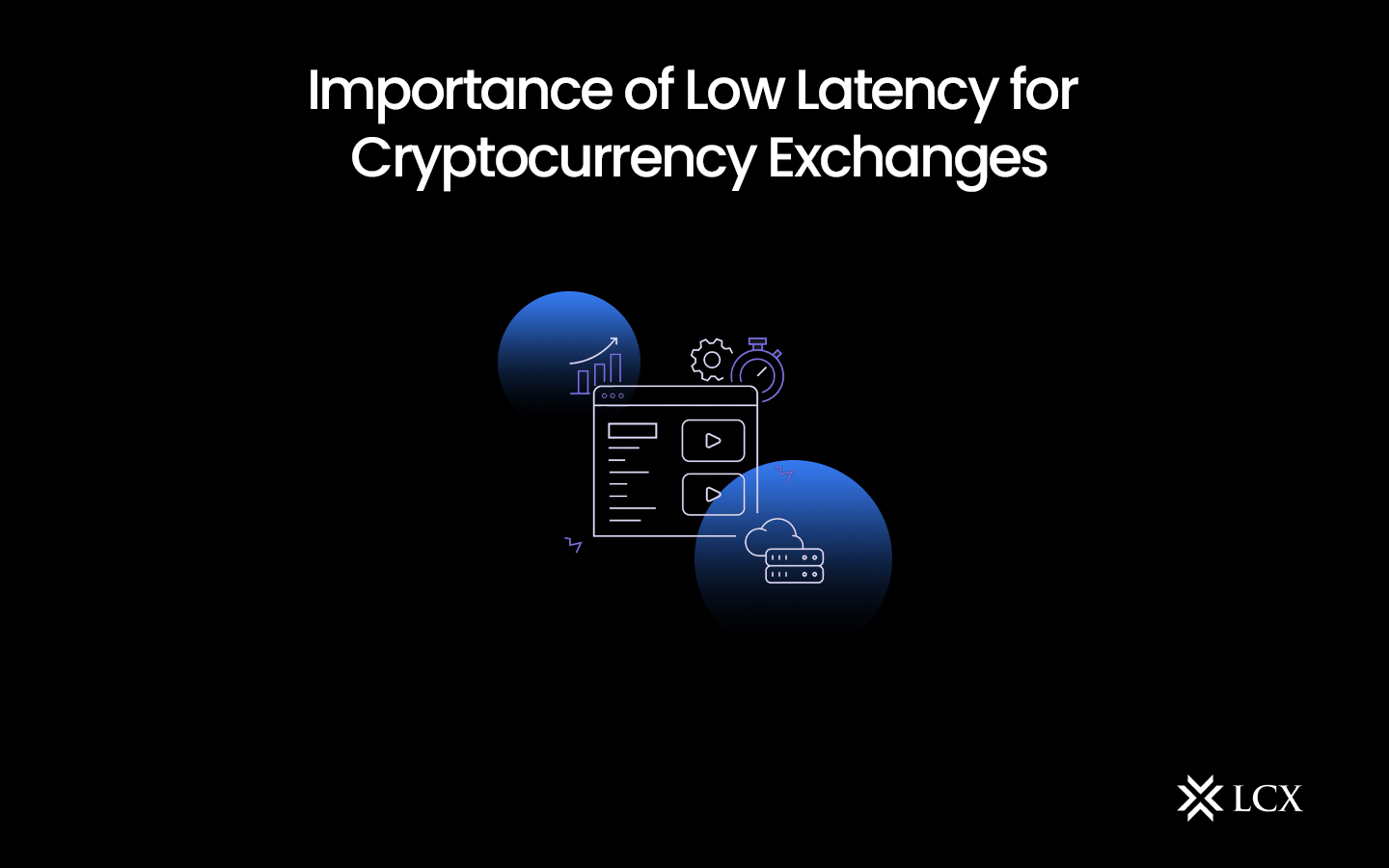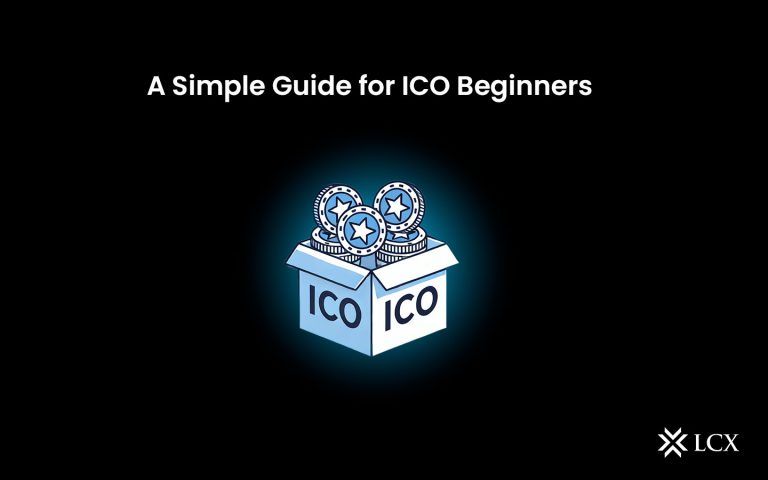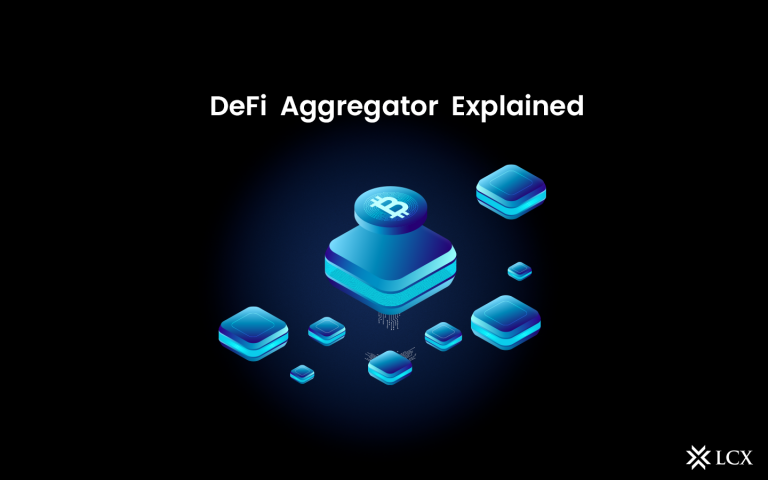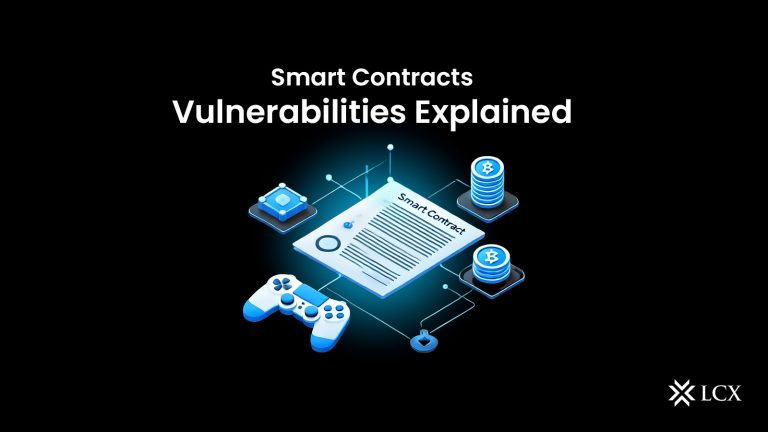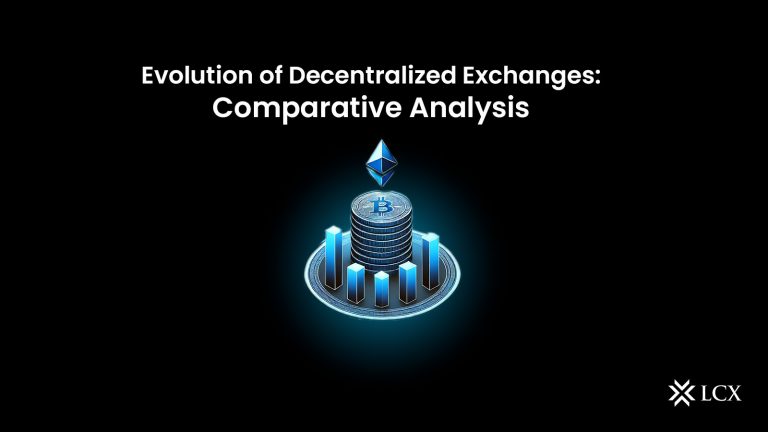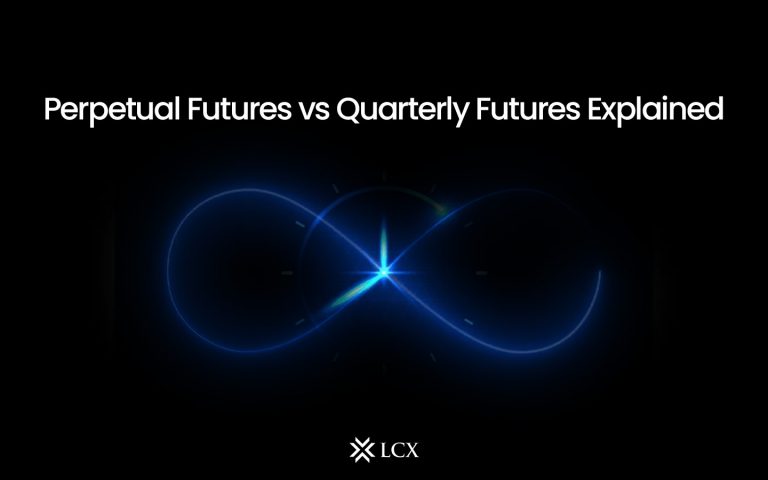In the dynamic and rapidly evolving world of cryptocurrency trading, where every second counts, low latency has emerged as a critical factor that can make or break the success of cryptocurrency exchanges. Simply put, latency refers to the time delay between the initiation of a request and the receipt of a response. In the context of cryptocurrency exchanges, low latency means that trading orders are executed swiftly and efficiently, which is vital for traders looking to capitalize on market opportunities.
What Is Latency in Cryptocurrency Trading?
In cryptocurrency trading, “latency” refers to the delay or lag in the time it takes for data to move between two locations in a trading system. The impact of latency on a trader’s ability to execute orders and make informed decisions may be substantial. In order to gain a competitive advantage in the fast-paced world of cryptocurrency trading, latency must be minimized as much as possible throughout the entire trading process.
Additionally, market conditions and volatility may impact latency. During periods of intense trading activity or sudden price fluctuations, exchanges may experience delays in processing orders, resulting in increased latency. Priority number one for high-frequency traders is reducing latency, as they seek to execute numerous trades in a brief time frame. High-frequency trading (HFT) is a trading strategy that employs ultra-fast computers and algorithms to execute a large number of trades in a brief time frame. HFT firms utilize speed, low latency, and cutting-edge technology to gain a competitive advantage in the financial markets by exploiting minute price differences.
For some traders, latency may not be as crucial, but optimal transaction execution is still essential. In general, a trader’s chances of making profitable transactions on cryptocurrency markets increase with their ability to acquire and act on market information quickly.
Types of Latency in Cryptocurrency Trading
Data latency, order execution latency, network latency, software latency, hardware latency, market data feed latency, market latency, and exchange latency are the forms of latency in cryptocurrency trading.
Data latency
Data latency refers to market data delivery delays. It takes into consideration the transit time between cryptocurrency exchanges and a trader’s trading platform for data on prices and order books. For accurate, real-time market data, traders must have a low data latency.
Order execution latency
Order execution latency is the time required for an order to be transmitted from a trader’s trading platform to the exchange, processed by the exchange, and then executed. For HFT traders, order execution latency must be as low as possible, as even a millisecond of delay can result in missed trading opportunities.
Network latency
Network latency consists of delays caused by the pace and reliability of an internet connection as well as the physical distance between a trader’s location and the exchange’s servers. In order to reduce network latency, traders frequently utilise co-location services, where their trading servers are physically located close to the exchange’s computers.
Software latency
The processing time required by a trader’s trading program or algorithm could result in a software delay. To decrease this type of latency, software must be optimized for speed and efficiency.
Hardware latency
The delay induced by the actual parts of a trader’s computer or server architecture is referred to as hardware latency. Using high-performance technology, this type of latency can be reduced, resulting in faster order execution and data processing.
Market data feed latency
The market data feed latency is the period between the exchange’s generation or update of market data and the trader’s receipt of that data. Low-latency market data streams are required for timely trading decisions.
Market latency
Market latency refers to possible delays or interruptions in the Bitcoin (BTC) market. During periods of high volatility or intense trading activity, exchanges may experience delays in order processing and order book updates. These delays may influence the execution of trades, which can be especially problematic for high-frequency traders.
Exchange latency
Exchange latency refers directly to the speed with which a cryptocurrency exchange’s transaction engine responds. Depending on their infrastructure, technology, and order volume, various exchanges may have varying degrees of latency. Traders frequently consider exchange latency when determining which trading platforms to use.
How Latency Affects Cryptocurrency Trading
Execution speed, arbitrage opportunities, algorithmic strategies, risk management, and overall competitiveness are impacted by latency.
Execution speed
Low-latency trading platforms enable traders to execute orders rapidly, reducing the risk of price fluctuations during order placement. Due to order execution delays caused by high latency, traders may incur losses or miss out on lucrative market shifts.
Arbitrage opportunities
Arbitrage is based on taking advantage of price differences between multiple exchanges or markets. Low latency is required to identify and capitalize on these price differences before they become the norm. When using platforms with high latency risks, traders may lose out on lucrative arbitrage opportunities.
Algorithmic trading
Numerous cryptocurrency traders utilize algorithmic trading strategies that require rapid order execution and data analysis. Low latency is essential for algorithmic traders to implement their strategies effectively and maintain market dominance.
Market turbulence
The markets for cryptocurrencies are notoriously volatile. Due to latency issues, it can be difficult to execute transactions at the desired prices, which can amplify the effects of price fluctuations. Due to market volatility or delays, slippage is the difference between the expected price of a trade and its actual executed price.
Competitive advantage
In congested cryptocurrency markets, low-latency trading provides an advantage. Faster traders have an advantage over slower competitors and have the ability to secure higher prices.
Risk management
Delays can have an impact on risk management strategies. Order execution delays or delayed information may result in unanticipated losses or prevent traders from swiftly implementing risk management strategies.
HFT impact
Successful high-frequency trading firms rely on ultra-low-latency technologies. They control the market, and by processing large quantities of orders rapidly, they exacerbate latency issues for retail traders.
Technological Solutions for Achieving Low Latency
Low latency in cryptocurrency trading requires optimization of hardware and software, intelligent order routing, and efficient compliance procedures.
A multifaceted strategy is required to achieve minimal latency in crypto trading. To reduce the physical distance that data must traverse, hardware optimization involves locating trading servers close to Bitcoin exchanges. Network latency is further reduced via high-speed communication channels such as dedicated lines and direct market access.
On the software front, algorithmic trading strategies must be effective. These algorithms must rapidly analyze market data, make prudent decisions, and execute instructions. Parallel processing, efficient data structures, and code optimization are indispensable.
Traders may also utilize order routing and matching technologies with low latency that intelligently select venues with the quickest execution periods. Utilizing trading platforms and exchange APIs with low-latency capabilities is essential.
Additionally, traders must effectively negotiate regulatory issues and compliance requirements. Despite the fact that compliance-related reporting and verification procedures can cause some latency, traders should strive to satisfy these requirements with as little impact on trading speed as possible. Combining hardware and software optimization with speed- and efficiency-optimized compliance procedures results in minimal latency in cryptocurrency transactions.
Challenges in Achieving and Maintaining Low Latency
To achieve and maintain low latency, one must strike a delicate balance between cost-effectiveness, security, and scalability.
As implementing the infrastructure and technology required to reduce latency can be costly, economic considerations are crucial. This entails making investments in hardware with high performance, network components, and effective data processing systems.
Additionally, safety concerns are essential. While decreasing latency is essential for real-time applications, data and system security must not be compromised. It can be challenging to strike the optimal balance between effective security measures and low latency, given that faster processing may disclose vulnerabilities that malicious actors could exploit.
Sustaining latency while scaling infrastructure to accommodate increased load is a recurrent issue. As digital systems expand and user demands rise, it becomes more difficult to maintain low latency. Scaling necessitates continuous infrastructure enhancements and optimizations to ensure that response times remain optimal even under heavy loads.
Conclusion
In the fast-paced world of cryptocurrency trading, low latency has become a fundamental requirement for cryptocurrency exchanges. It is essential for traders looking to gain a competitive edge, execute arbitrage strategies, manage risk, and participate in high-frequency trading. Moreover, low latency enhances market liquidity, contributes to regulatory compliance, and improves the overall user experience.
Exchanges that prioritize low latency not only attract more traders but also contribute to the technological advancement of the cryptocurrency industry as a whole. However, achieving low latency requires significant investments in technology and infrastructure, as well as a commitment to system stability and security. As the cryptocurrency market continues to evolve, low latency will remain a cornerstone of successful cryptocurrency exchanges. Those who embrace this principle are poised for long-term success in the ever-changing landscape of digital asset trading.
